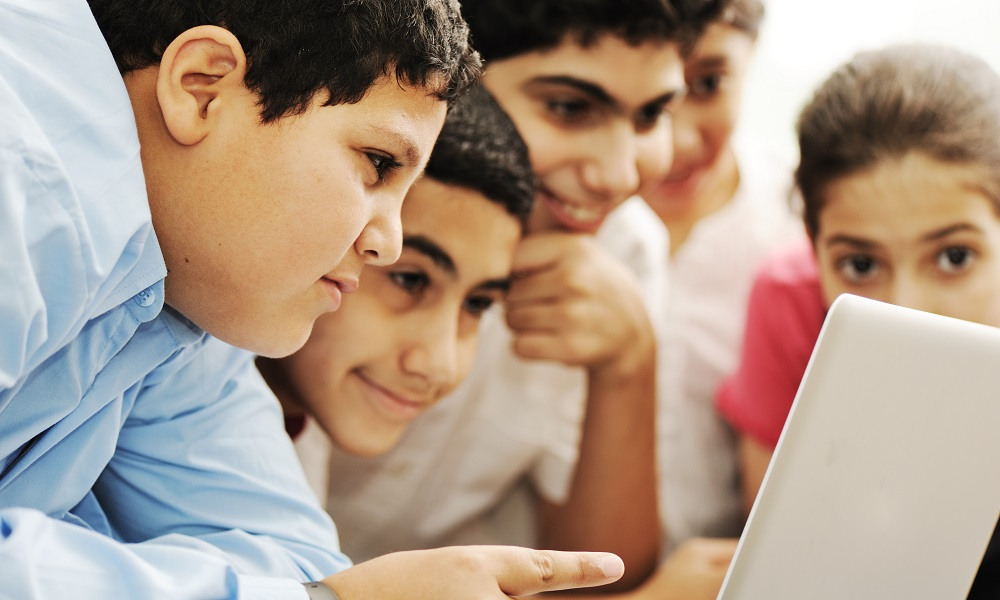In the second of a three-part series, Victorian educator Fiona Matthews shares her experiences in implementing the new Digital Technologies Curriculum in her school. In today's article, she delves deeper into the implementation phase of the process.
Staff at Whitefriars College in Victoria spent almost 12 months planning for the implementation of the Digital Technologies Curriculum at the beginning of 2017.
It was decided that, in the first year of implementation, the Year 7 and 8 students would take the same mandatory course, while Year 9s were offered two electives in Digital Technologies or Robotics. Looking ahead to 2018 and beyond, the students will move through the curriculum until they reach Year 10, where they will be offered accelerated programs in Unit 1 and 2 Computing.
Reflecting on the process, Lead Coach of Learning, Teaching and Technology at the school, Fiona Matthews tells Teacher that it's all going to plan thus far, but it certainly helps that all the staff know exactly where they're headed. A focus for the program is getting students involved in hands-on, real-life learning, and providing them with practical opportunities to explore the capacity of information systems.
Matthews says the curriculum encourages students to acquire a deeper knowledge and understanding of digital systems and data. ‘[The curriculum rationale] requires students to be able to abstract a problem and be creative designers and developers of digital solutions, rather than consumers, I think that's really important.
‘And to be able to do that, the focus needs to be on engaging learning and meaningful learning. So we're all aware of contemporary skills that we need to give students for their future needs and careers and work life, and that type of learning experience fits into that. That problem solving, opportunities for communication and collaboration and being able to work in teams, I think is important as well. And also so that students can be more proactive learners as well, and building their own knowledge and understanding in an environment that supports them.'
While there will always be some teachers more comfortable delivering a new curriculum than others, the Digital Technologies course allows educators to take a more student-centred approach to lessons.
‘With a student-centred class … there's a lot more on students finding the information themselves and then sharing it,' Matthews shares. ‘Now obviously there is a structure there and all of that is facilitated – the teacher needs to ask the right questions and there needs to be that ongoing feedback – but at the same time the way the information is presented is in a way that the students can actually go and find it for themselves and experiment.'
And while it may be tempting to purchase a hoard of new equipment when implementing a new program or activity, Matthews says it's important to consider whether these items genuinely add value to the program. ‘We don't just want to get equipment for equipment's sake, it needs to fit in with the skills that we're actually teaching.'
Instead, she recommends educators take time to browse online resources that may be of use, which anyone can access for very little investment. ‘There's so much online content that students can access in terms of doing Hour of Code and then learning skills, or continuing to learn skills in that area, if that's what they need to learn to develop solutions.'
While implementing this new curriculum, there are several challenges that the staff have encountered. First of all, Matthews says the Year 7 students are coming to the school having had very different experiences with digital technologies in their primary schools. ‘And also from a teaching perspective, even though it's student-centred learning, students still need to be organised in their approach, and I guess just the ability to work through a whole methodology from start to finish. So they're the sorts of things we've been discussing.'
Matthews says it all comes back to the question, ‘How can be best support students in this area?' ‘… Our focus has just been more about sharing practice, and more about fine-tuning – because we had done extensive planning before we got to the actual implementation stage, it's really been just fine-tuning.'
Stay tuned: In the final instalment, we'll bring you more from Fiona Matthews as she reflects on the implementation of the Digital Technologies Curriculum at her school, including taking a ‘backwards design' approach.
When implementing a new program or activity, where do you source resources to support your teaching?
When purchasing new equipment do you consider: How will it add value to the program? Is it a good fit for the skills being taught?



